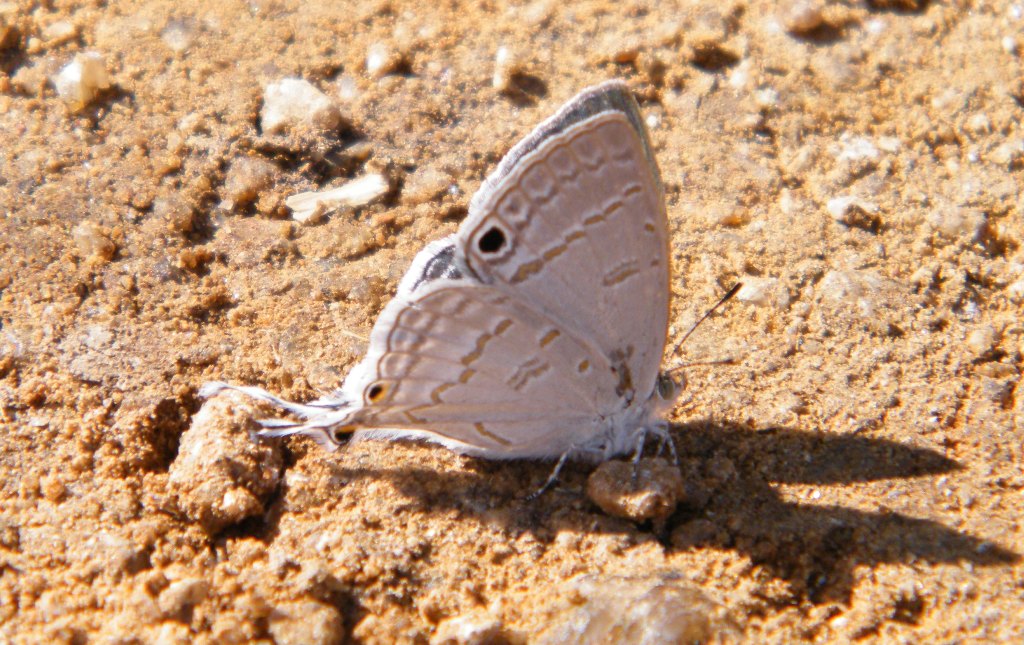Insect or Invertebrates Identification - DONE
Moderator: Klipspringer
- Richprins
- Committee Member
- Posts: 75210
- Joined: Sat May 19, 2012 3:52 pm
- Location: NELSPRUIT
- Contact:
Re: Insect or Invertebrates Identification
Please check Needs Attention pre-booking: https://africawild-forum.com/viewtopic.php?f=322&t=596
-
Klipspringer
- Global Moderator
- Posts: 5858
- Joined: Sat Sep 14, 2013 12:34 pm
- Country: Germany
- Contact:
- Richprins
- Committee Member
- Posts: 75210
- Joined: Sat May 19, 2012 3:52 pm
- Location: NELSPRUIT
- Contact:
Re: Insect or Invertebrates Identification
They are, but we are behind on the production line, Klippies! 
A small butterfly, 3cm, Marloth end July:

A small butterfly, 3cm, Marloth end July:
Please check Needs Attention pre-booking: https://africawild-forum.com/viewtopic.php?f=322&t=596
-
Klipspringer
- Global Moderator
- Posts: 5858
- Joined: Sat Sep 14, 2013 12:34 pm
- Country: Germany
- Contact:
Re: Insect or Invertebrates Identification
Tailed Black-eye Leptomyrina hirundo. It has very long white tails 


New one
New one
- Richprins
- Committee Member
- Posts: 75210
- Joined: Sat May 19, 2012 3:52 pm
- Location: NELSPRUIT
- Contact:
Re: Insect or Invertebrates Identification
A longer tail pic:
Please check Needs Attention pre-booking: https://africawild-forum.com/viewtopic.php?f=322&t=596
-
Klipspringer
- Global Moderator
- Posts: 5858
- Joined: Sat Sep 14, 2013 12:34 pm
- Country: Germany
- Contact:
- Richprins
- Committee Member
- Posts: 75210
- Joined: Sat May 19, 2012 3:52 pm
- Location: NELSPRUIT
- Contact:
Re: Insect or Invertebrates Identification
Will try! 
Please check Needs Attention pre-booking: https://africawild-forum.com/viewtopic.php?f=322&t=596
-
Klipspringer
- Global Moderator
- Posts: 5858
- Joined: Sat Sep 14, 2013 12:34 pm
- Country: Germany
- Contact:
Re: Insect or Invertebrates Identification
Many butterlfies have filamentous "tails" at the ends of their wings and eye-patterns of markings on the wings themselves. These combine to create a "false head". This misdirects predators such as birds and jumping spiders. Spectacular examples occur in the Lycaenid butterflies; when perching on a twig or flower, they commonly do so upside down and shift their rear wings repeatedly, causing antenna-like movements of the "tails" on their wings. Studies of rear-wing damage support the hypothesis that this strategy is effective in deflecting attacks from the insect's head.
Re: Insect or Invertebrates Identification
Keep 'em coming
- Richprins
- Committee Member
- Posts: 75210
- Joined: Sat May 19, 2012 3:52 pm
- Location: NELSPRUIT
- Contact:
Re: Insect or Invertebrates Identification
A small wasp/bee? 1cm
Emerging from a flower, Nelspruit
Emerging from a flower, Nelspruit
Please check Needs Attention pre-booking: https://africawild-forum.com/viewtopic.php?f=322&t=596


